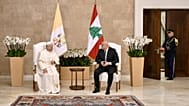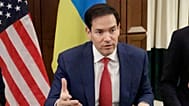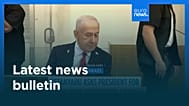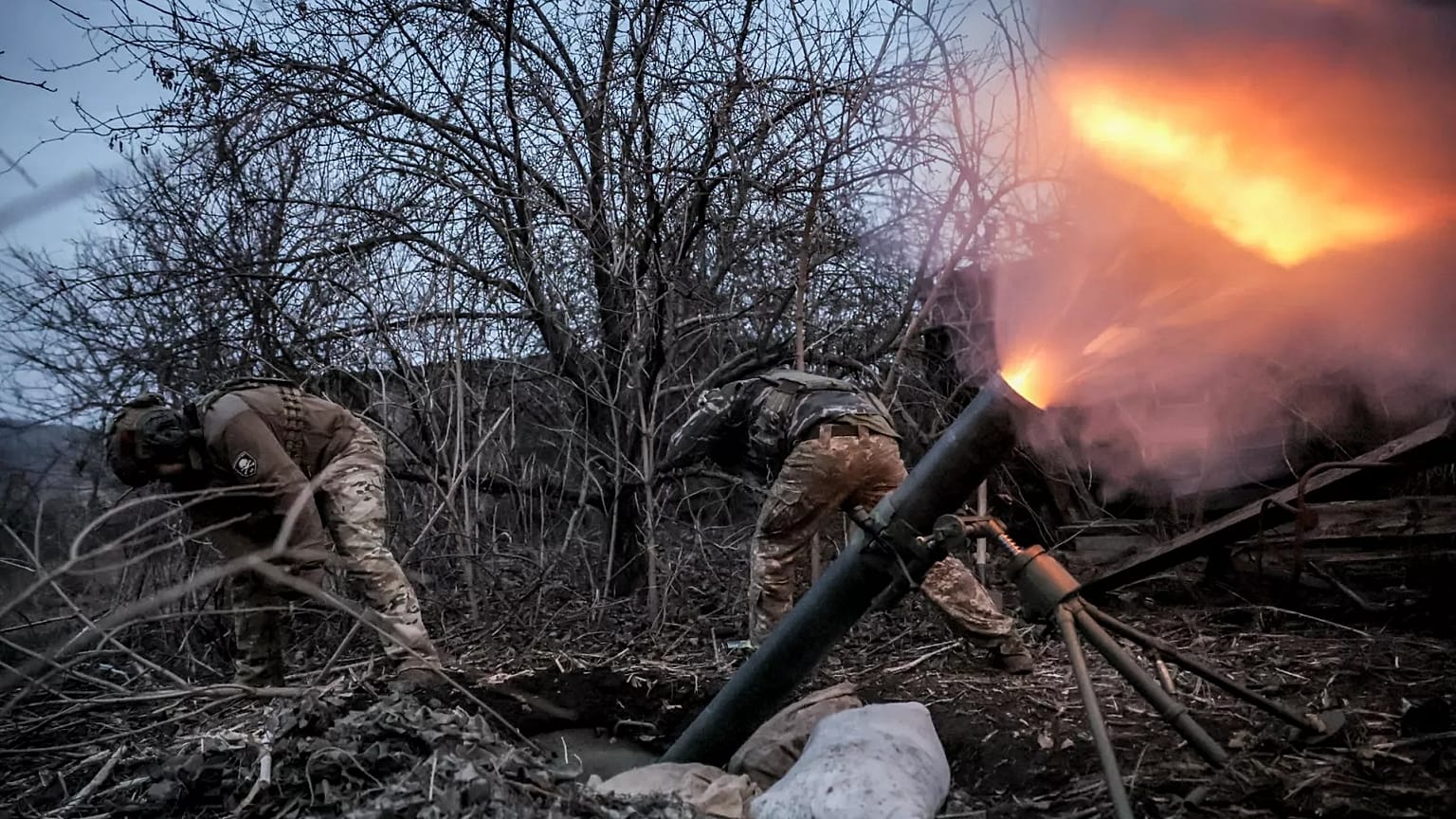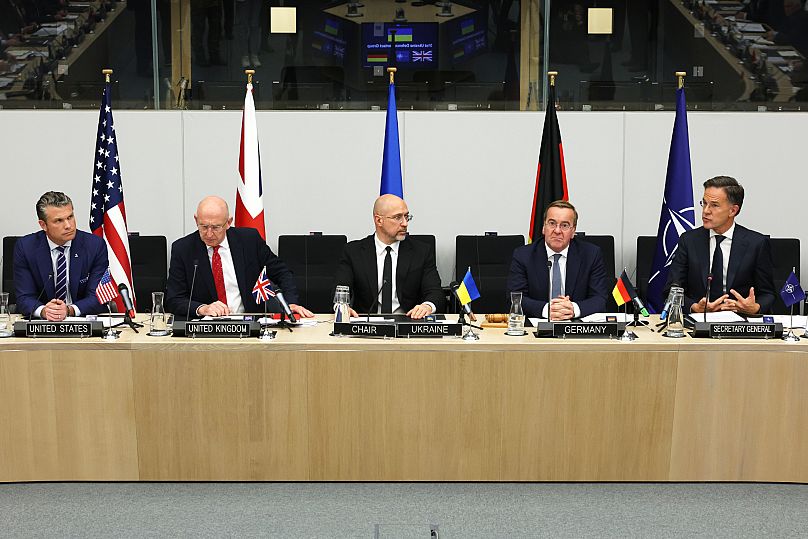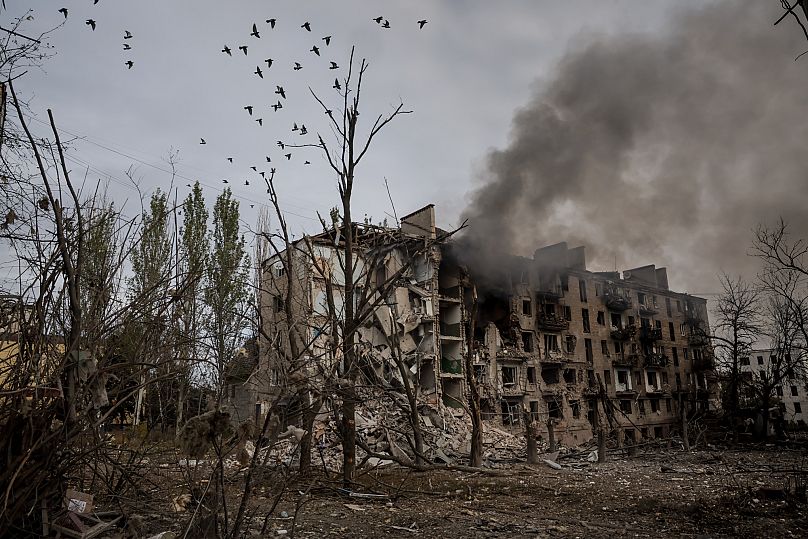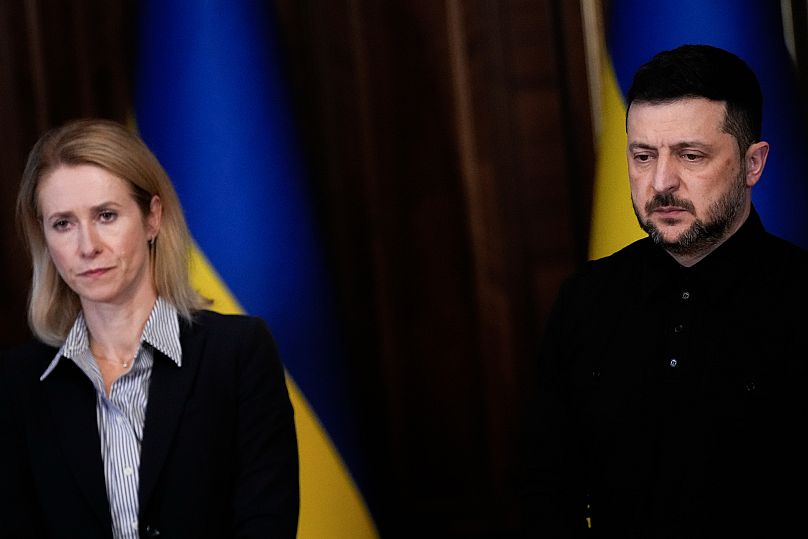A further 10 allies have lined up to join NATO's newly established PURL initiative, created to purchase in-demand weapons systems from the US, amid a shortage in supplies.
A further 10 European NATO allies signed up to join the Prioritised Ukraine Requirements List (PURL) scheme during a meeting of the alliance's defence minister in Brussels on Wednesday, in a bid to make up for a recent shortfall in supply to the country.
The new financial arrangement sees European allies buy US-made weapons which are then transferred to Ukraine.
New data on Western military aid to Ukraine shows that it plunged by 43% in July and August compared to the first half of the year, according to Germany's Kiel Institute, which tracks defence and financial support to Kyiv.
PURL is key to enacting Europe and Canada's commitment to taking on the majority share of the burden for Ukraine's security as it continues to defend itself from the Russia's full-scale invasion.
"We know what Ukraine needs to stay strong in the fight and some of that stuff only the US can provide, for example, these interceptors for Patriot systems," NATO Secretary General Mark Rutte told reporters.
"It's unique military support which only the US can provide. And that's why we need that PURL initiative. This list of what Ukraine needs, which only the US can provide, paid for by Allies."
Ahead of the meeting, just six countries, the Netherlands, Denmark, Norway, Sweden, Canada and Germany, had joined the PURL scheme but Wednesday's meeting saw 10 more join up following pressure from the NATO chief and the US.
"The expectation today is that more countries donate even more, that they purchase even more to provide for Ukraine, to bring that conflict to a peaceful conclusion," US Secretary of War, Pete Hegseth, told reporters.
The PURL facility aims to ensure a predictable flow of lethal and non-lethal support for Ukraine which also includes air defences.
Following a meeting of the Ukraine Defense Contact Group, alongside Ukrainian defence minister Denis Shmyhal, Germany also announced a commitment of €2 billion including anti-tanks weapons and money for Patriot air defence systems.
Airspace defence
At the meeting on Wednesday, NATO allies also agreed to significantly raise the alliance's deterrence capabilities to more effectively respond to a recent surge of drone incursions and Russian jets violating airspace across several NATO countries.
Earlier in the day, defence ministers from the 32-nation alliance discussed counter-drone measures following the spate of airspace violations which occurred in Poland, Estonia, Romania and Denmark.
The incursions, some of which have been blamed on Russia, accelerated discussions over how to integrate the technology in the alliance's defence and deterrence posture.
The issue was then also catapulted to the top of the EU's defence agenda with the European Commission calling for a so-called drone wall to be funded as a priority.
In its Defence Readiness Roadmap set to be officially presented on Thursday, the EU's executive estimated the wall could be "fully functional" by the end of 2027.
Both NATO and the EU insist however that they are not doubling up on the work and that there is a clear division of labour despite 23 of the EU's 27 member states also being NATO allies.
NATO chief Mark Rutte told reporters that instead the two organisations are "making use of each other's strengths."
"We have enough on our plates, we don't want to do anything the other is better at doing it. I can really assure you," he said, touting close cooperation with EU officials including Commission President Ursula von der Leyen, foreign policy chief Kaja Kallas and Defence Commissioner Andrius Kubilius.
Kallas, who chaired a meeting of EU defence ministers on Wednesday evening to present the roadmap, also insisted that NATO and EU are "complementing each other" in this regard.
"Of course the military plans come from NATO, that's very clear. But the procurement has to be done by the member states. So member states need to buy these things to fill also the capability targets of NATO," she said. "This is what we are trying to help them with."
EU leaders, who will gather for a summit in Brussels next week, are set to stress that the bloc needs "to develop, as a matter of urgency, anti-drone and air defence capabilities," according to draft conclusions seen by Euronews.

